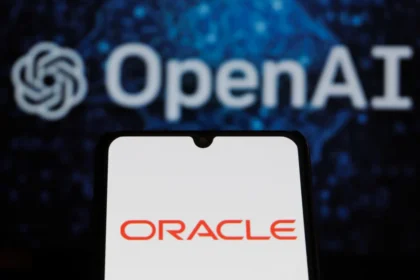Venture capital firms are doubling down on a new thesis: using AI to squeeze software-like margins from traditionally labor-heavy services businesses. The strategy involves acquiring mature professional services companies, automating core tasks with AI, and then using the boosted cash flow to roll up additional firms.
General Catalyst (GC) is leading the charge, dedicating $1.5 billion of its latest fund to this “creation strategy.” The firm incubates AI-native companies in specific industries, then equips them to acquire established services providers and their customer bases. GC has already targeted seven sectors, including IT management and legal services, with ambitions to expand to 20.
Marc Bhargava, who leads GC’s initiative, emphasized the appeal: “Services globally is a $16 trillion revenue a year [market]. In comparison, software is only $1 trillion. As you get software to scale, there’s very little marginal cost and a great deal of marginal revenue.” Automating even 30% to 50% of services tasks could create irresistible margins, he said.
So far, the approach is showing promise. Titan MSP, one of GC’s portfolio companies, used $74 million in funding to develop AI tools for managed service providers, later acquiring RFA, a major IT services firm. Titan has shown it can automate 38% of typical MSP tasks, with plans to expand via further acquisitions. Similarly, Eudia, a GC-incubated legal tech startup, has signed Fortune 100 clients like Chevron and Stripe by offering AI-powered, fixed-fee legal services, departing from billable hours.
Other investors are pursuing similar strategies. Mayfield has carved out $100 million for “AI teammates,” while solo investor Elad Gil has been backing companies that buy and transform mature firms with AI.
But cracks are emerging. A Stanford Social Media Lab and BetterUp Labs study of 1,150 U.S. employees found that 40% had received “workslop”, AI-generated output that looks polished but creates more work. Employees reported spending nearly two hours per instance deciphering or fixing it, translating to an estimated $9 million in lost productivity annually for a 10,000-person company.
Related: Researchers Warn Against Rise of AI-Generated ‘Workslop’ in Workplaces
Bhargava dismissed concerns of overhype, arguing that such failures underscore why specialized AI expertise is needed to unlock real value. Still, critics warn that if AI-generated inefficiencies persist, firms may need to maintain larger workforces than expected, eroding the margin gains VCs are betting on.
Despite the risks, GC says its portfolio companies are already profitable, since they acquire businesses with existing cash flow. That’s a sharp break from the traditional VC model of funding cash-burning startups.
“As long as AI technology continues to improve,” Bhargava said, “there’ll just be more and more industries for us to help incubate companies.”






